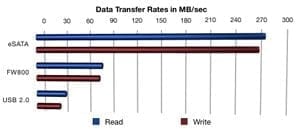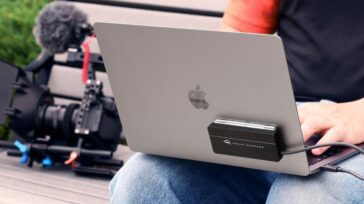 Today we completed the benchmarking of the last two iMac computers that Apple introduced last month: The 2.66GHz iMac Intel Core i5 and the 2.8GHz iMac Intel Core i7.
Today we completed the benchmarking of the last two iMac computers that Apple introduced last month: The 2.66GHz iMac Intel Core i5 and the 2.8GHz iMac Intel Core i7.
With the ability to simultaneously run 4 cores and 8 cores respectively, these machines are quite the powerhouses of processing power.
It’s interesting to note that even with faster starting times than the other iMacs in this series, the RAM Hog II test (which simulates powerhouse usage where 80% of the machine’s resources are busy with other processes) was rendered satisfied after 12GB of memory was installed.
Not to say that 16GB didn’t show significant results in its own right. The After Effects Render Test (which spawns subprocesses for each core processor) showed steady improvement in times as more and more memory was added to the computer.
And speaking of that 16GB upgrade, to put a spotlight on the results, the i5 model was up to 44% faster in that RAM Hog II test with the maximum memory installed.
As always, what level to upgrade your Mac is a personal choice. You can check out all the Late 2009 iMac memory and hard drive upgrade options and decide if you want to go mild or wild.








Strange that the i5 was outperformed in many tests by the 3.33GHz c2d with standard graphics card.
“With the ability to simultaneously run 4 cores and 8 cores respectively…”
The i7 does not have 8 cores. It supports hyperthreading, which simulates 8 cores, but in reality has only 4 cores. Hyperthreading capability can have modest benefits for heavily threaded applications, but otherwise will perform as a 4 core CPU would be expected to.